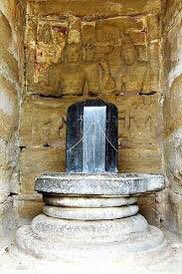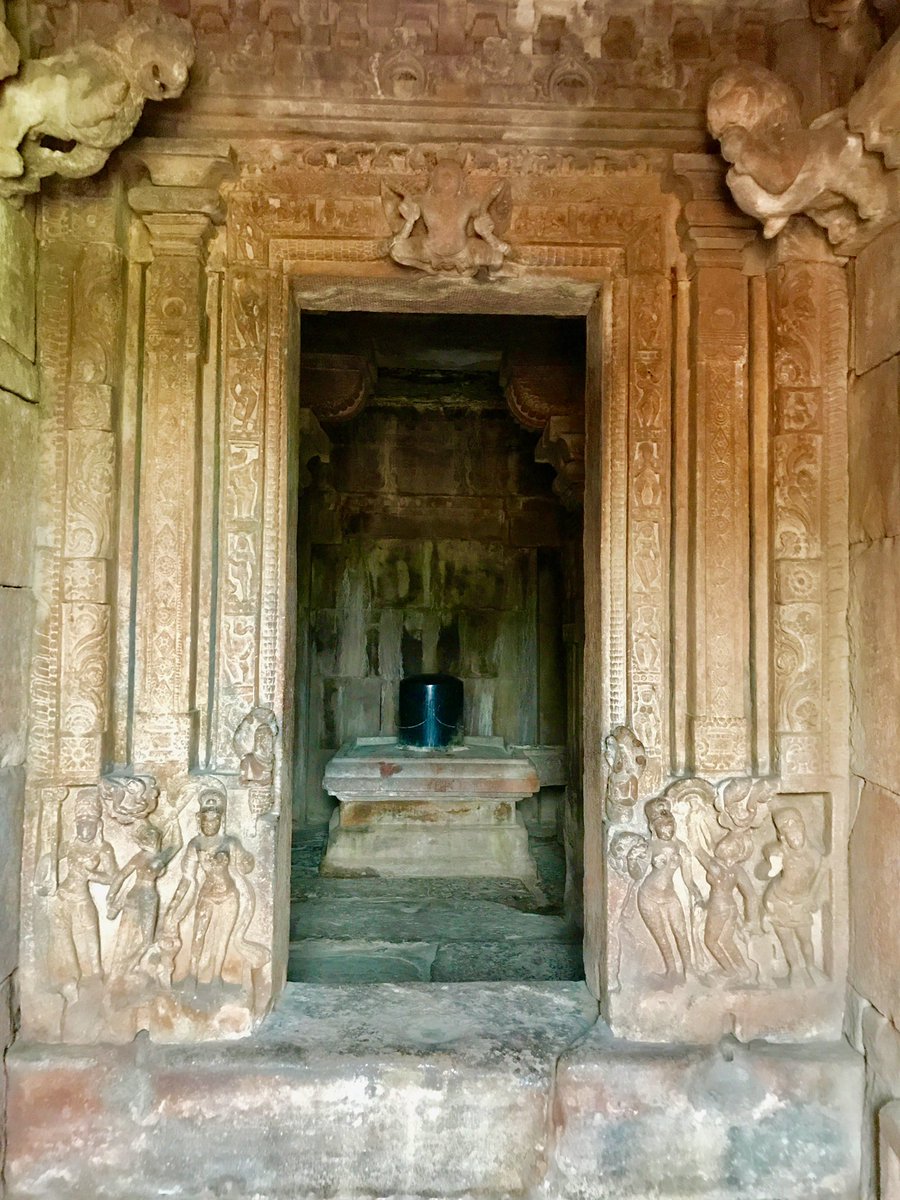
If Veda is body, Siddhāntāgama is heart that pumps the blood of Paramārtha to it. Bhāradvāja who believes in Mūla-Śaiva-Siddhānta; Ārṣeyāmnāyābhimānī
5 subscribers
How to get URL link on X (Twitter) App


https://x.com/GhorAngirasa/status/1980973812620599750


 However, he does feel miserable with all that has been going on his life and recited the following verses to Sadāśiva, expressing his deep grievance with the nature of existence.
However, he does feel miserable with all that has been going on his life and recited the following verses to Sadāśiva, expressing his deep grievance with the nature of existence.

https://twitter.com/potturirat58839/status/1925804342298218843Fact is, it is the Āgamika-Tāntrika religion that saved the Vaidika-Paurāņika religion. Firstly, it supplemented the latter in the form of material incorporated into the Purāņas.
https://x.com/GhorAngirasa/status/1789312856347054532Duryodhana: 👉🏾
https://x.com/ghorangirasa/status/1728105611076989152?s=46

 Screenshot in above tweet missed the last column. See this:
Screenshot in above tweet missed the last column. See this: 
https://twitter.com/shardula23/status/1727262088664645904A certain Āṅglika Mantravādī of the “Adhvamata” of the Cīnas in this realm is a good example of this tendency. Another example is this priest initiated into the Pāñcarātra, who has taken it upon himself to waive off the applicability of adhikāravidhi for…well…himself.
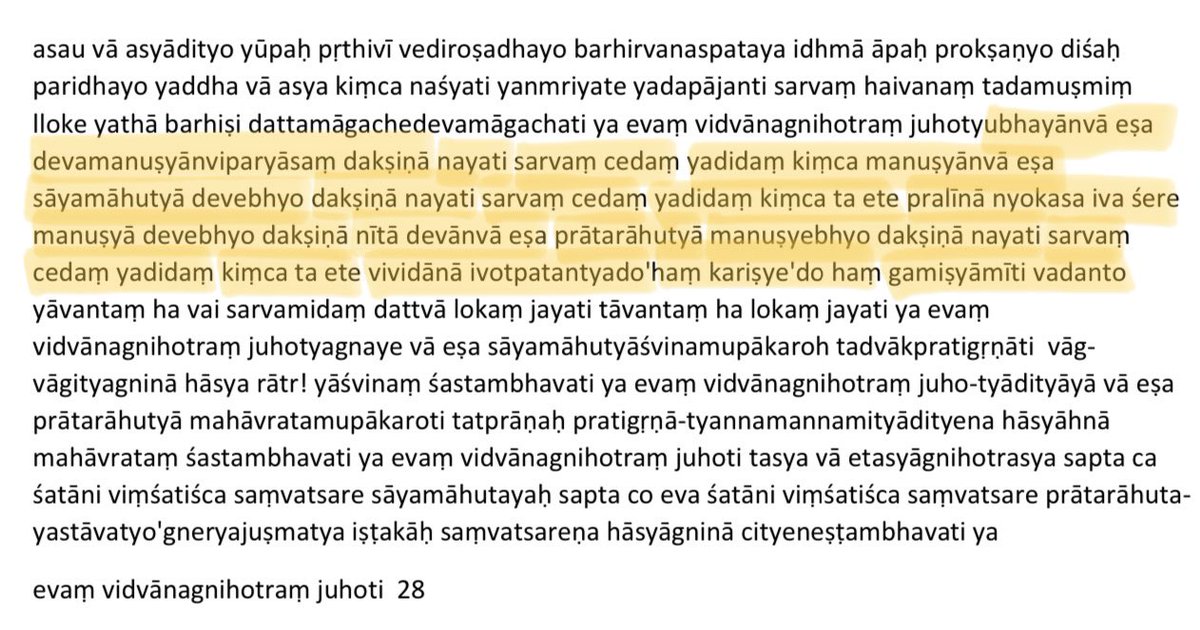
https://twitter.com/ghorangirasa/status/1720132834600636927
 The Śruti speaks of how the Agnihotrī leads (nayati) humans & all other beings as dakṣiṇā (ritual fees) to the Devas through the evening Agnihotra (hence the rest of creatures in the evening).
The Śruti speaks of how the Agnihotrī leads (nayati) humans & all other beings as dakṣiṇā (ritual fees) to the Devas through the evening Agnihotra (hence the rest of creatures in the evening).





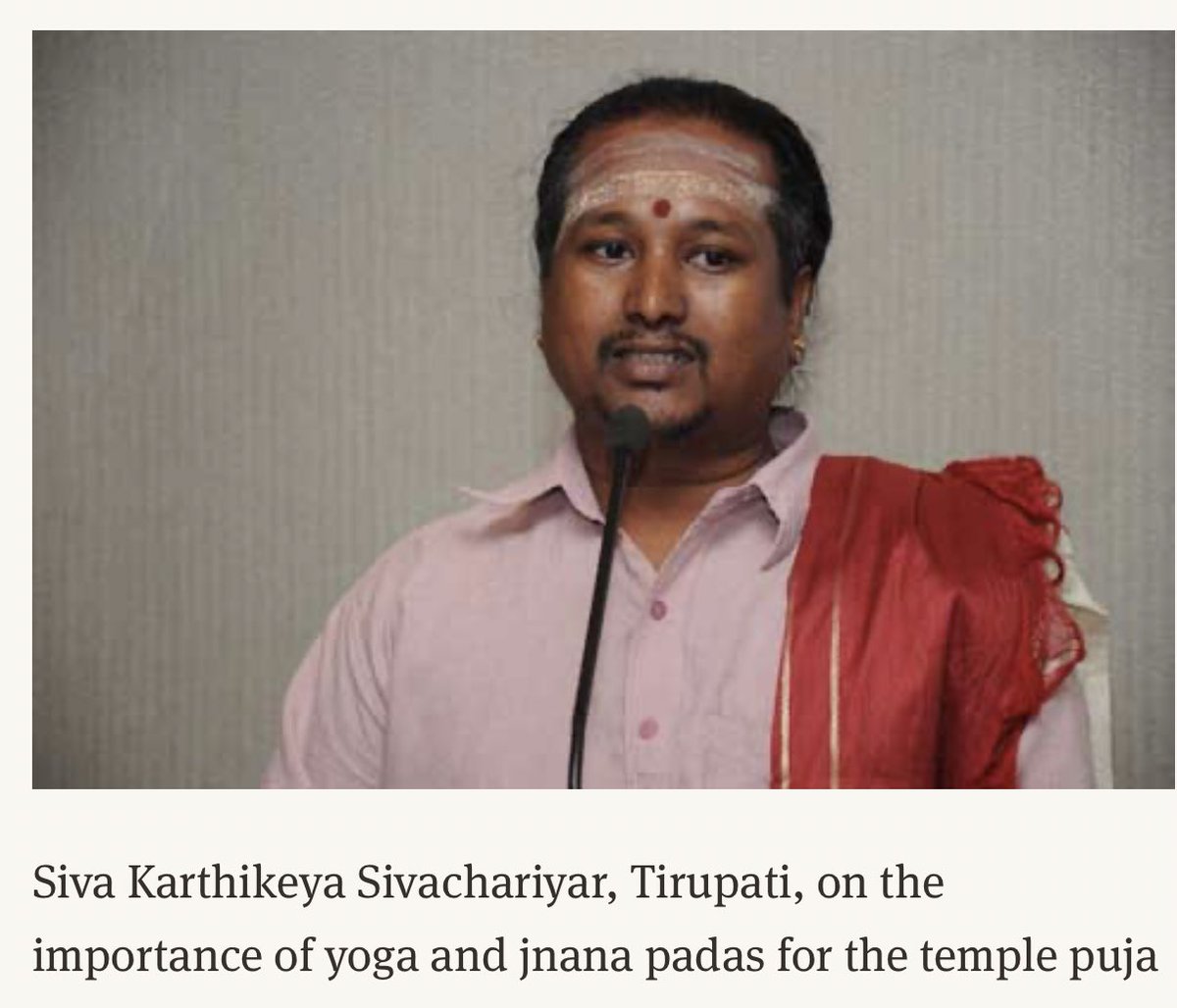
https://twitter.com/Herran_Ukkonen/status/1700345174772130182Like it or not, it’s predominantly & sadly “Mleccha-led” research that has completely overturned the myth of Siddhānta’s tamizh origin (the position taken by likes of Pope, Schomerus & others) & has established, once & for all, the pan- Bhāratīya & SE-Asian presence of Siddhānta.

https://twitter.com/granirau/status/1689099342118793216A case in point is the situation of folkish Daoism in Sim̐hapurī (Daoism has a remarkably sophisticated cosmology, metaphysics & ritual but the way it is articulated & experienced in SG is what matters) vs that of Buddhism.++
https://twitter.com/ghorangirasa/status/1516072450055806977?s=46&t=JRgHUG6kQhYeOnGj4ay84g
https://twitter.com/Caarrnage/status/1667122929480654849tadadbhutaṃ mahaddṛṣṭvā naiva vipro visiṣmiye/
https://twitter.com/ghorangirasa/status/1516072450055806977?s=46&t=JRgHUG6kQhYeOnGj4ay84g
https://twitter.com/2Gaudadhipati/status/1659873909540536321I’m not going to elaborate the above tweet for the reason given in the tweet quoted below. But will tweet a few things I think are useful (to those who can grasp & extrapolate). See subsequent tweets ++
https://twitter.com/GhorAngirasa/status/1659880131211702272
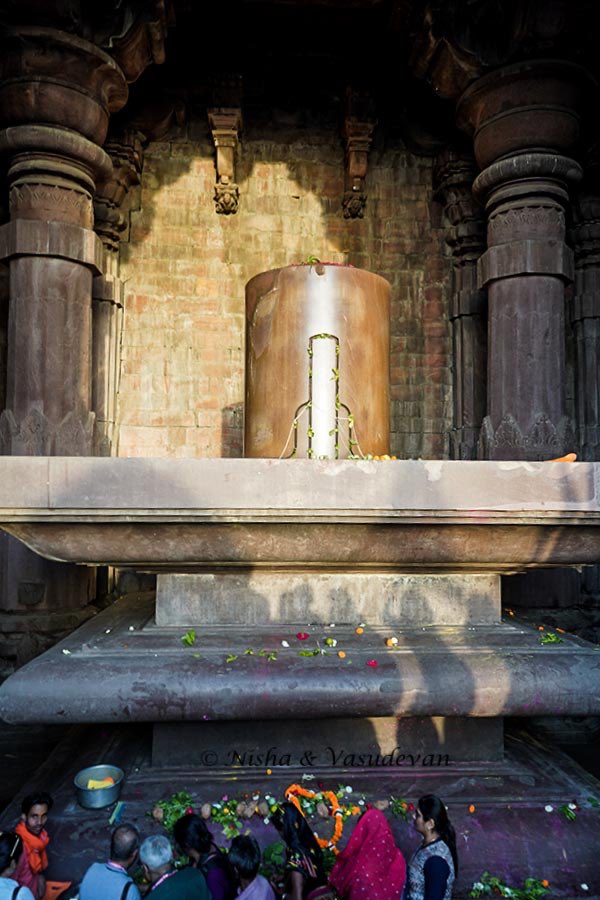



 5. Badavaliṅga (KN), 6. A Liṅga at Kailāsanāthasvāmī temple, TN
5. Badavaliṅga (KN), 6. A Liṅga at Kailāsanāthasvāmī temple, TN
